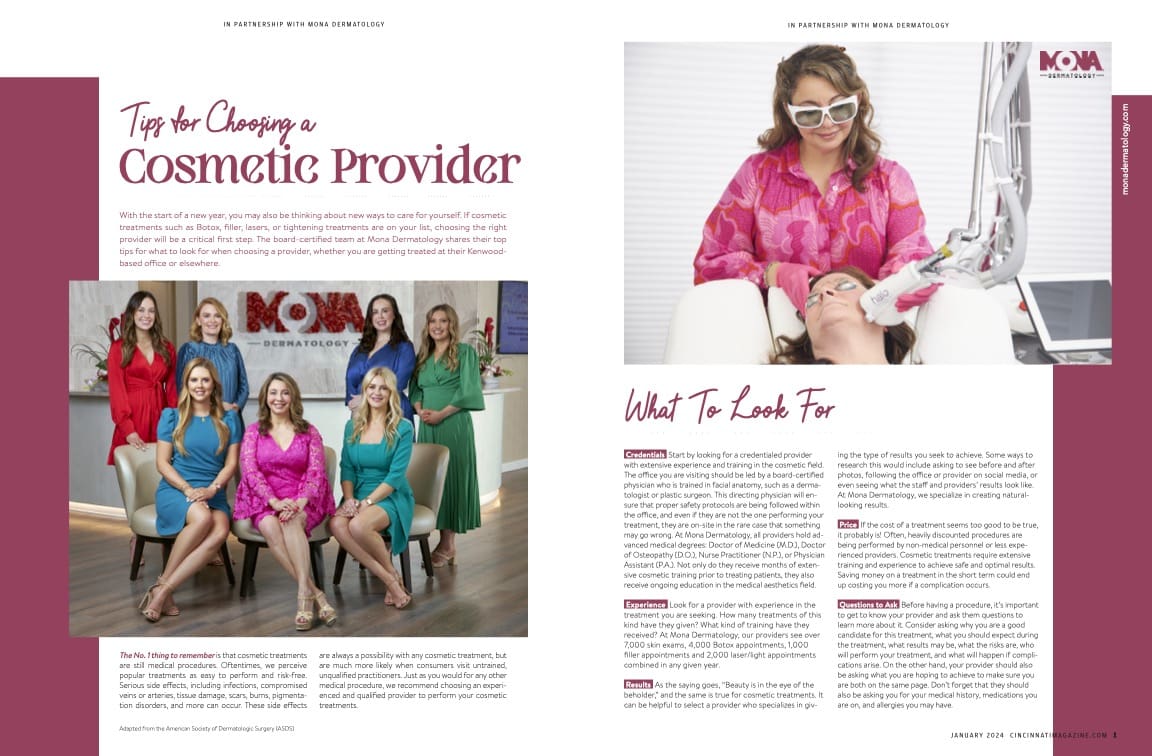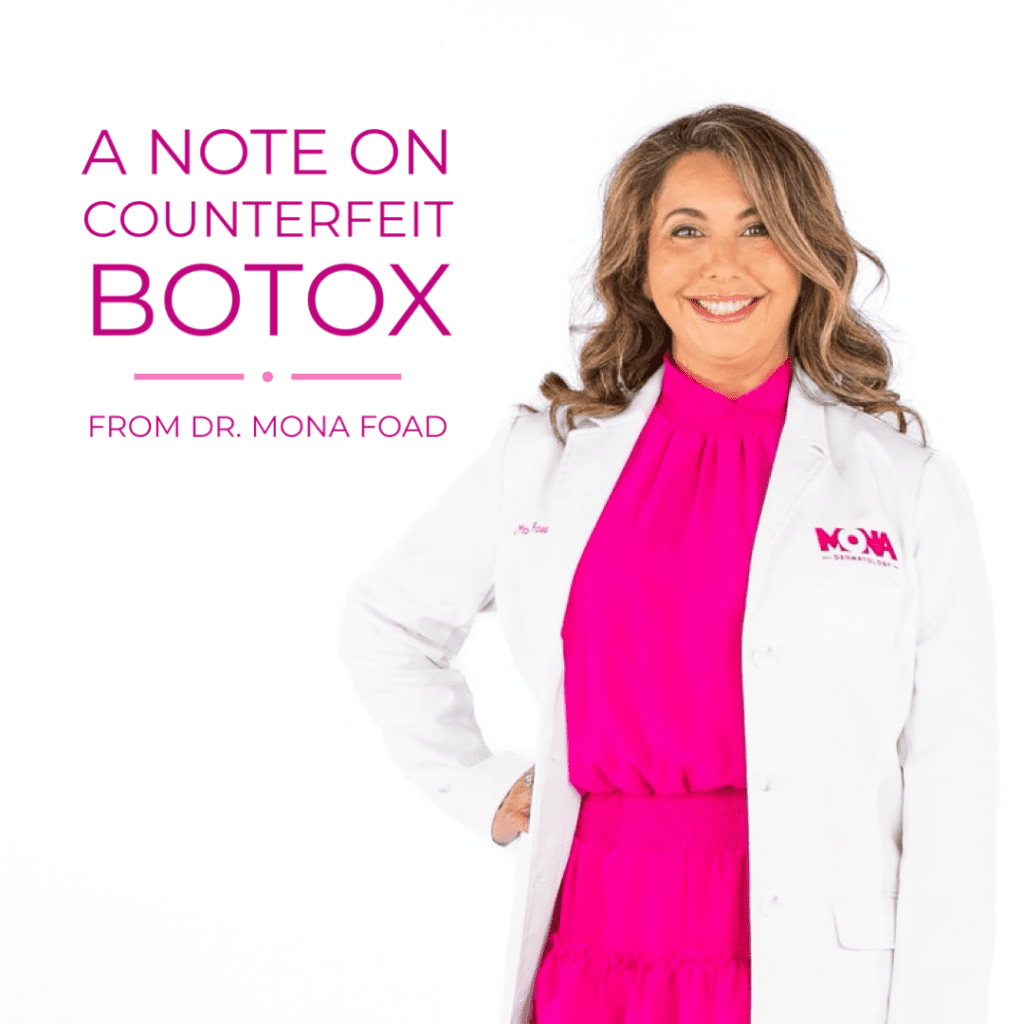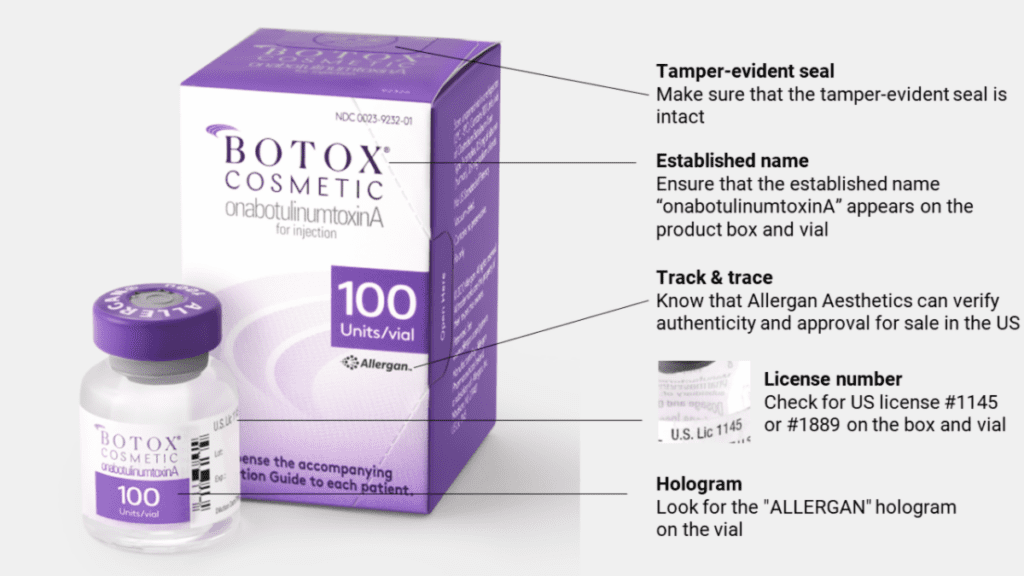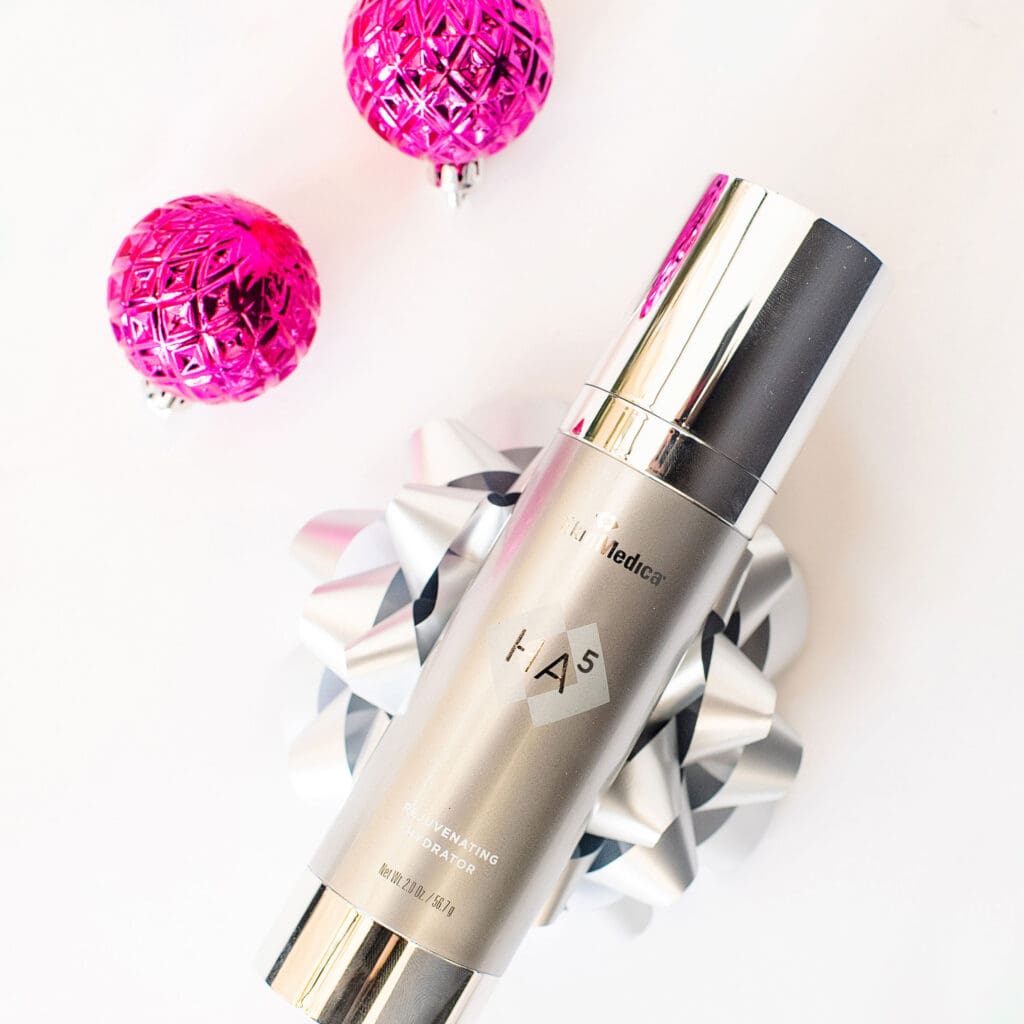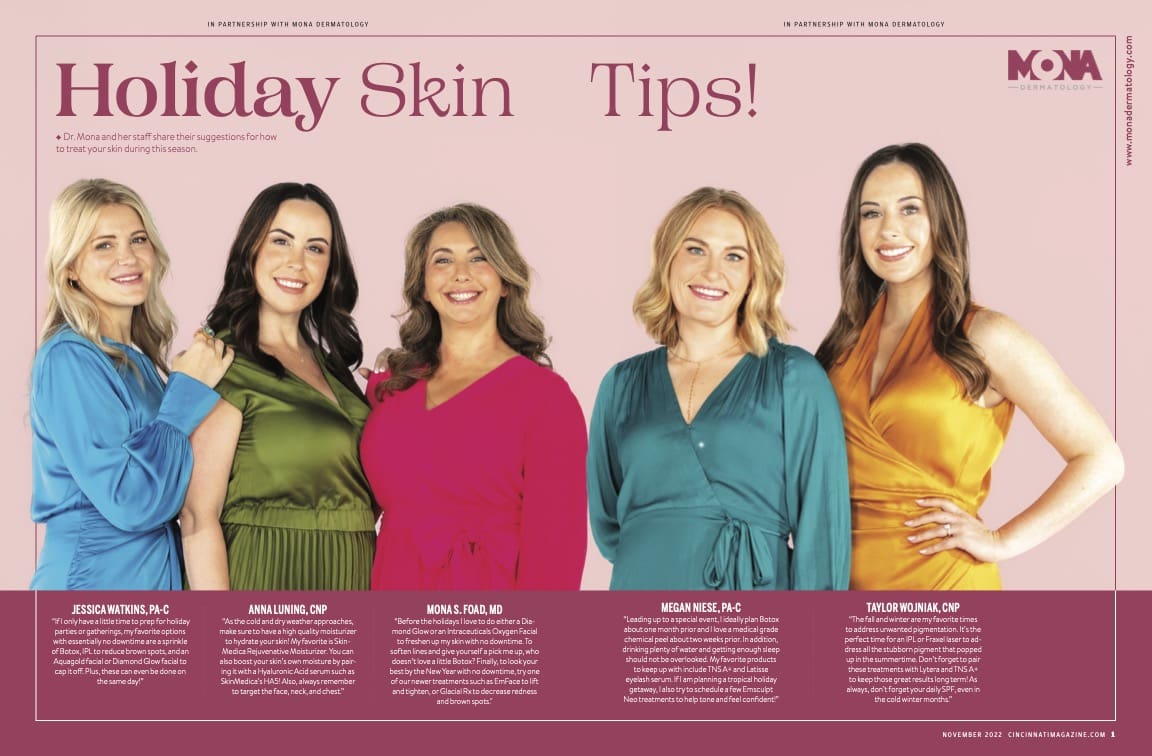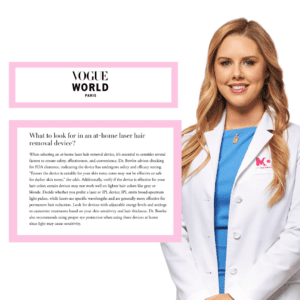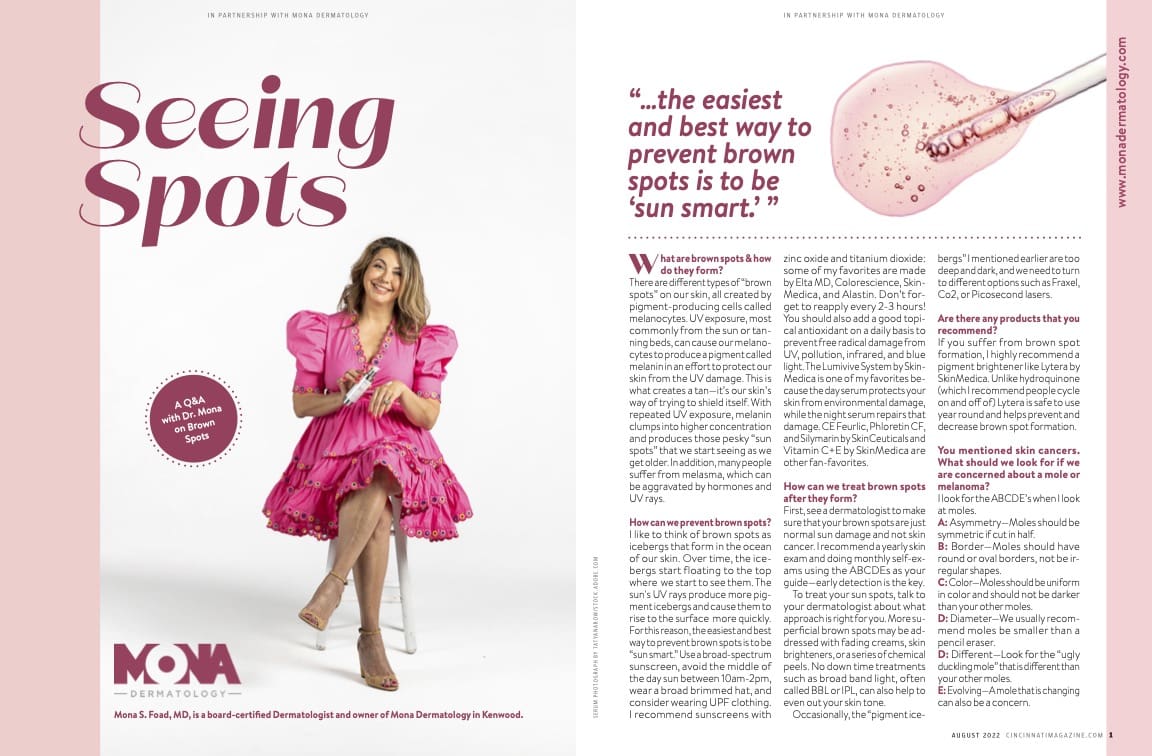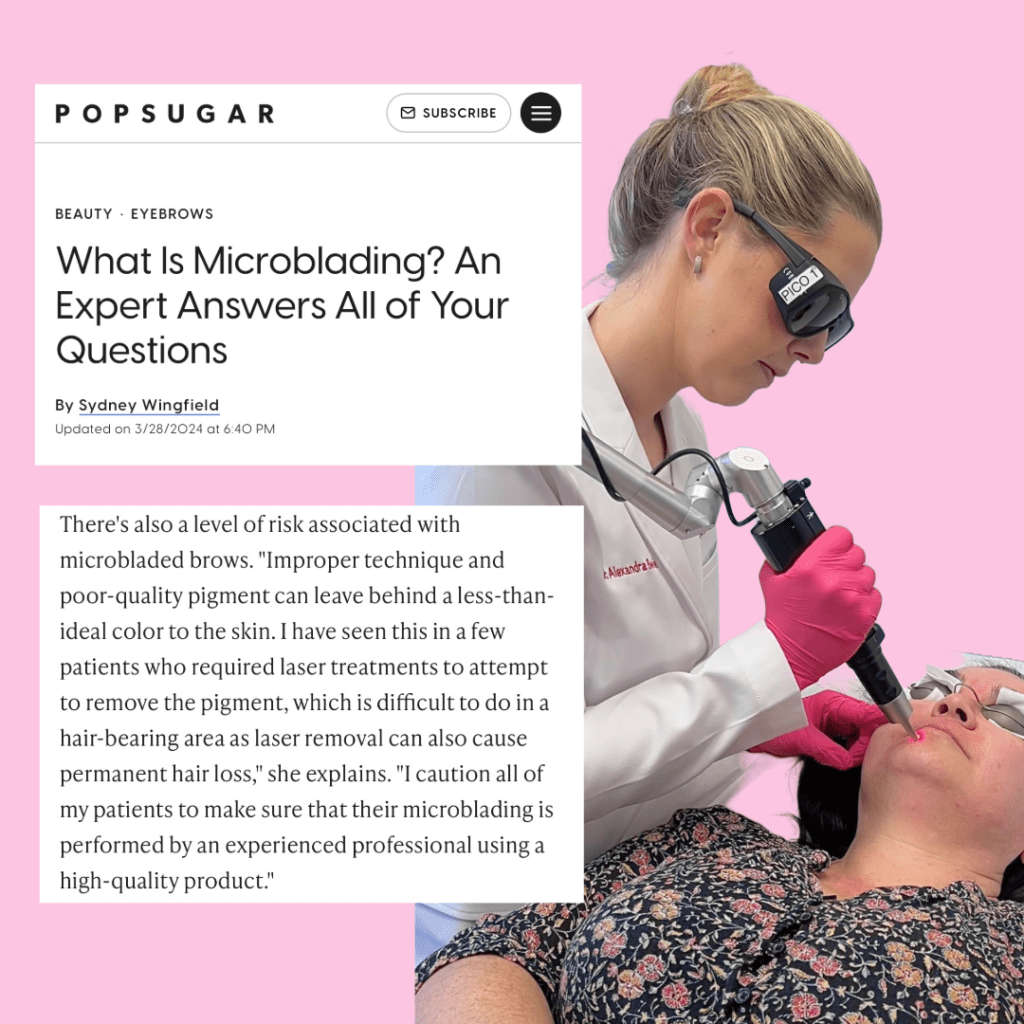Cryotherapy Skincare 101 | Featured In Good Housekeeping
Dr. Mona Foad expands upon the insights she shared in her recent Good Housekeeping feature: Your Summer Beauty Survival Guide.

What is cryotherapy skincare?
Cryotherapy skincare is a cold therapy that uses extremely cold temperatures to treat various conditions and improve skin health. There are multiple methods for cryotherapy: cryogenic chambers, cryo facials, cryo tools, or cryo masks. The cold temperature constricts blood vessels, reduces inflammation, tightens pores, and promotes collagen production, improving skin tone and texture. It’s often used for rejuvenation, reducing puffiness, and decreasing inflammation.
What are the benefits of cryotherapy skincare, and how does it work?
There are several potential benefits regarding how cryotherapy works on the skin. When the skin is cooled it causes the blood vessels to constrict. This constriction reduces blood flow to the area, which can help decrease inflammation and swelling, which is particularly beneficial for conditions like acne or rosacea. Cold temperatures also help to tighten the skin and reduce pores by contracting the skin temporarily, leading to a temporary tightening effect.
While cold temperatures initially constrict blood vessels, blood flow increases once the skin warms up again, leading to improved circulation. This can contribute to healthier, more radiant-looking skin by delivering essential nutrients and oxygen to the skin cells. The cold temperature can also stimulate blood circulation and lymphatic drainage, which may help eliminate toxins and debris from the skin, resulting in a clearer, brighter complexion.
What skin types is cryotherapy skincare best for?
Cryotherapy skincare can benefit various skin types, but its effectiveness may vary depending on skin conditions and concerns. Cryotherapy can benefit oily or acne-prone skin due to its ability to reduce inflammation, minimize pore size, and temporarily decrease oil production. Cold temperatures can help soothe acne-related inflammation and redness while providing a refreshing sensation. Cryomodulation is a newer treatment that targets disorders of inflammation such as rosacea and melasma. It downregulates inflammation by decreasing pro-inflammatory mediators and increasing anti-inflammatory mediators. Melanin transfer is impaired, and pigmentation is normalized to help even out skin tone. Individuals with sensitive skin may also find cryotherapy skincare beneficial, mainly if the treatments are gentle and tailored to their specific needs. Cryotherapy can help calm sensitive skin by reducing redness, inflammation, and discomfort.
Cryotherapy skincare can temporarily benefit combination skin, addressing various concerns such as oiliness, enlarged pores, and inflammation. However, it’s essential to customize cryotherapy treatments to target specific areas of concern without over-drying or irritating other parts of the face. Individuals with normal skin may also benefit from cryotherapy skincare, which includes improved circulation, brighter complexion, and temporary pore reduction.
Is there anyone who shouldn’t use cryotherapy skincare?
While cryotherapy skincare can offer several benefits for many individuals, certain situations and conditions may not be suitable or advisable. For example, individuals with cryoglobulinemia, a rare condition characterized by abnormal proteins in the blood that thicken in cold temperatures, should avoid cryotherapy. Exposure to cold temperatures can trigger symptoms such as skin lesions, joint pain, and numbness in these individuals. Some people may have cold urticaria or cold-induced hives, a condition characterized by an allergic reaction to cold temperatures. Cryotherapy can exacerbate symptoms in individuals with this condition, leading to itching, swelling, and hives.
People with poor circulation, particularly in the extremities, may be at risk of complications from cryotherapy due to reduced blood flow. Cold temperatures can further constrict blood vessels, potentially exacerbating circulation issues and causing discomfort or tissue damage. Individuals with
peripheral neuropathy or other nerve damage should avoid cryotherapy, as they may have decreased sensation and impaired ability to detect cold-related injuries. If you have open wounds or skin infections, you should avoid cryotherapy as the cold temperatures can slow down the healing process and increase the risk of infection. Individuals with heart conditions or who are pregnant should consult with their healthcare provider before undergoing cryotherapy.
Do you think cryotherapy skincare is effective?
The effectiveness of cryotherapy skincare can vary depending on individual factors such as skin type, concerns, and the specific treatment protocol used. While some people may experience temporary improvements in skin texture, tone, and overall appearance, others may not see significant results.
Many people report positive outcomes immediately after undergoing cryotherapy treatments, including reduced inflammation, improved skin firmness, and a brighter complexion. However, we have limited research on the efficacy of cryotherapy skincare. We will need to conduct more studies to fully understand its benefits and mechanisms of action. There is not enough evidence to support the use of whole-body cryotherapy (WBC), and the American Academy of Dermatology warns against the use of this, citing reported injuries such as frostbite, frozen limbs, and rashes. Whole-body cryotherapy has been used to decrease muscle soreness and inflammation in athletes, but there is not enough evidence to support its use in the aesthetic world at this time, and the FDA has not cleared or approved WBC as a safe or effective treatment for any medical condition.
What cryotherapy skincare products do you recommend?
When choosing cryotherapy skincare products, consider your skin type, concerns, and any specific ingredients or formulations that you prefer. I always recommend to my patients to patch test new products before using them extensively, especially if they have sensitive skin or allergies.
Some popular cryotherapy skincare products that have received positive user reviews include Cryo facial tools, Cryo Masks, Cryo Serums and Moisturizers, and Cryo Facials.
I like cryo facial tools, such as cryo rollers or cryo globes. These devices deliver the benefits of cold therapy to the skin in an at-home setting. Brands like StackedSkincare and ESARORA offer cryo facial tools that can massage the skin, reduce puffiness, and promote circulation. Results are temporary, but these can make your skin feel more refreshed.
Cryo masks are formulated with ingredients that provide a cooling effect on the skin, but they are not actually cryotherapy. Ingredients such as menthol, peppermint, or eucalyptus can feel cooling and may help to soothe and refresh the skin, but these are not actual cryotherapy treatments. Always make sure to test products on non-facial skin to make sure you do not develop an allergic reaction.
Some skincare brands offer serums and moisturizers that aim to deliver the benefits of cold therapy to the skin, but not the actual cold therapy. These products may contain ingredients like hyaluronic acid, antioxidants, and botanical extracts to hydrate, soothe, and rejuvenate the skin.
Many spas and skincare clinics also offer cryo facial treatments. During a cryo facial, a trained esthetician uses a cryo wand or cryo probe to apply cold temperatures to the skin, providing various benefits such as reduced inflammation, improved circulation, and a brighter complexion. One option that we offer at our office is Glacial Rx. Glacial Rx is a medical-grade facial treatment that uses Cryomodulation to decrease inflammation and target pigment. This can help treat rosacea, melasma. We also use cryo facials to decrease inflammation after laser treatment.

